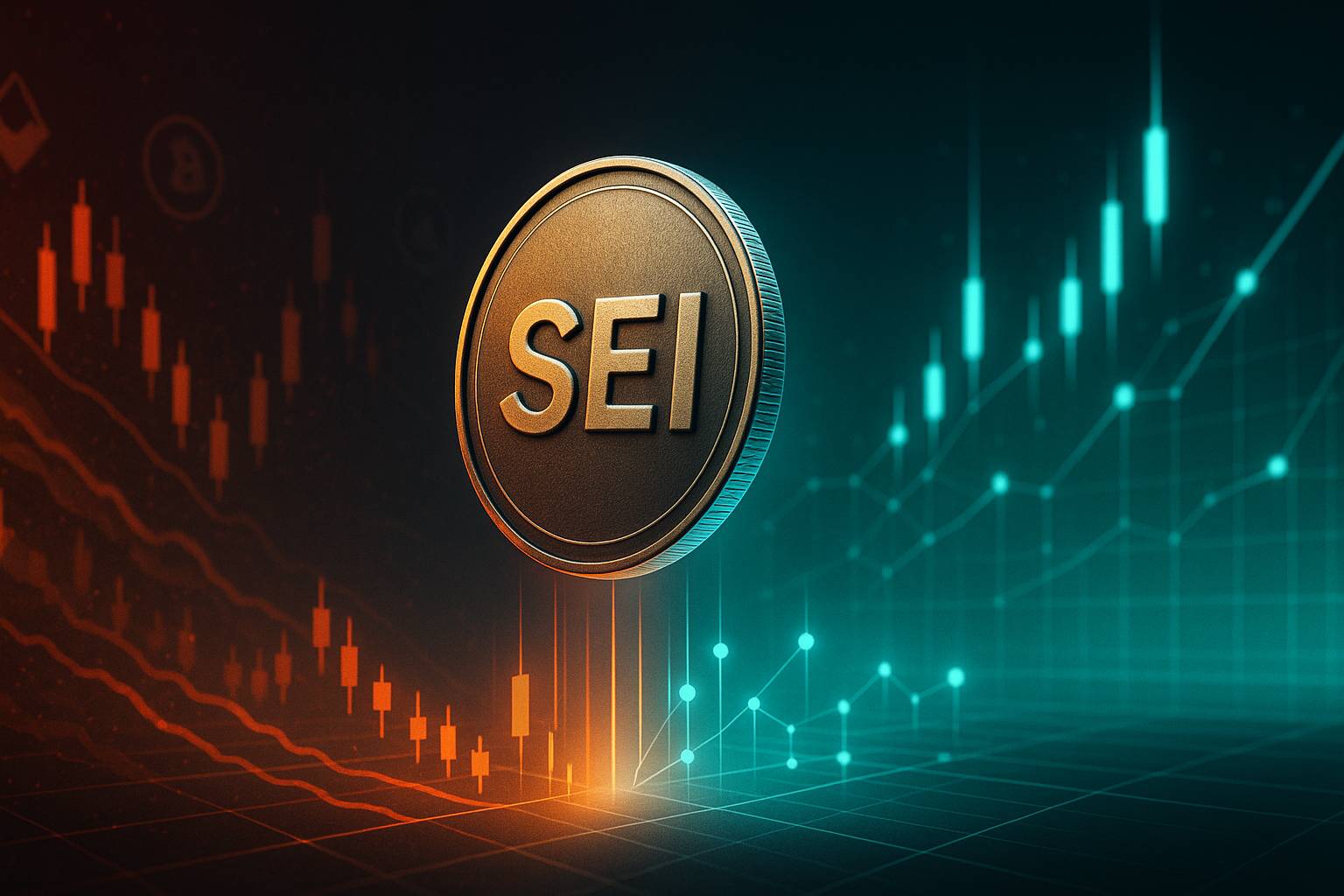Table of Contents
- Summary: Geotagged NFTs Explained
- The Mechanism Behind Geotagged NFTs
- Practical Applications of Geotagged NFTs
- Art and Collectibles Sector
- Enhancing Virtual and Augmented Reality
- Tourism and Exploration
- Marketing and Promotional Strategies
- Pros and Cons of Geotagged NFTs
- Advantages
- Hurdles
- Final Thoughts









